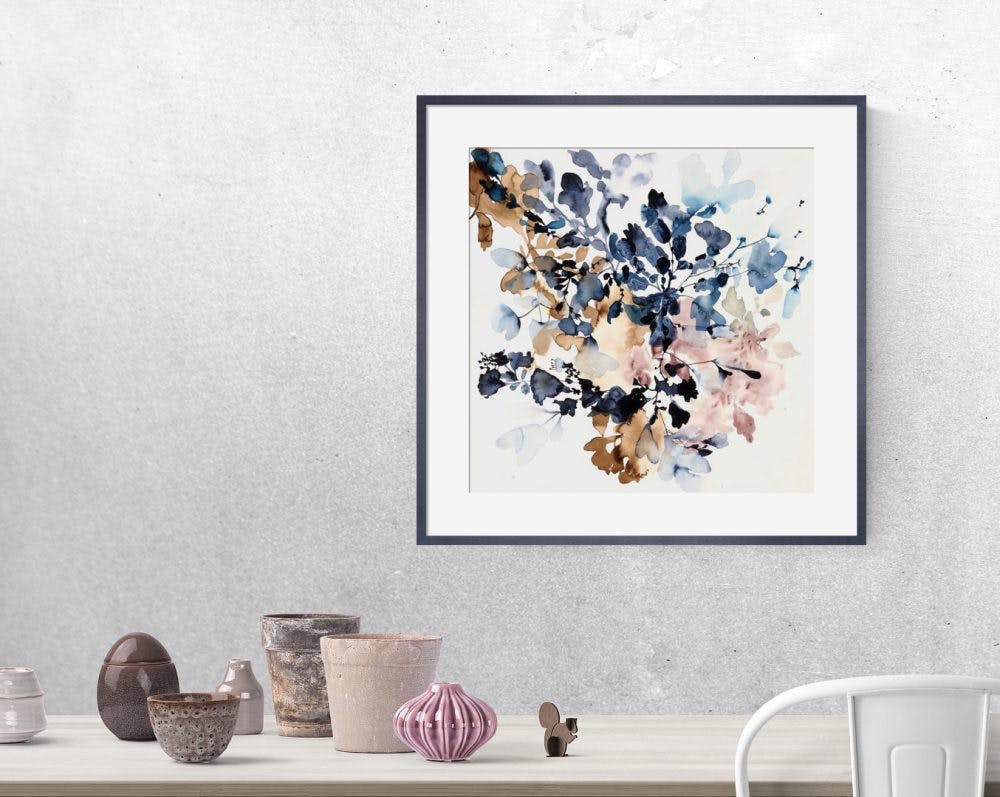If you are new to designing, then it might be time to invest in Pink Wall Art. Created by utilising computer software, Pink Wall Art allows its user to create complicated patterns and shapes using only a single letter of the alphabet representing one key shade of pink.
What is Pink Wall Art?
There’s no doubt about it; pink is one of the most popular colours in the world. It’s easy to see why – from babies to adults, everyone seems to have a love for this airy and delicate colour. While there are many different interpretations of pink art, this ultimate guide will help you get started with painting with this wonderful hue.

History of Pink Wall Art
There is no single answer to when or why pink began to be associated with femininity and love. However, what is known is that pink has been seen as a symbolic colour for both women and lovers throughout history.
Some of the earliest recorded references to pink as a symbol of love come from ancient Greece and Rome. In mythology, pink was often associated with Aphrodite, the goddess of love and beauty. During the Middle Ages, courtiers would often wear brightly-coloured silk outfits in the hope of attracting a wealthy marriage partner. These outfits were often brightly coloured in pinks and purples.
During the Victorian era, dresses became more conservative and were made from woollen fabric. This meant that shades of pink were out of fashion. However, during this time, there was a resurgence in interest in romantic fairy tales such as The Sleeping Beauty Castle. Inspired by these stories, artists began to create paintings and illustrations that featured beautiful princesses in delicate shades of pink.
Today, pink remains one of the most popular colours for Valentine’s Day cards and decorating cakes. It is also used to create feminine designs on cars and floral arrangements.
Conclusions
The first step to great Modern Wall Art is finding a focal point for your drawing or painting. This could be anything from a single bright colour to multiple shades in different colours, depending on the aesthetic you’re aiming for. Once you have your focal point, work to establish balance and contrast around it by adding details and shading.
One of the most effective techniques for using complementary colours is called “triadic harmony,” which states that three colours should be used together to create an equilibrium between them. When selecting these three colours, make sure they contrast each other in some way, so they work well together as a team. Consider using purple, green, and pink as complementary colours because they each have unique characteristics that can add depth and visual interest to your artwork. Choose your favourite Pink Artwork from the best online artwork store.

